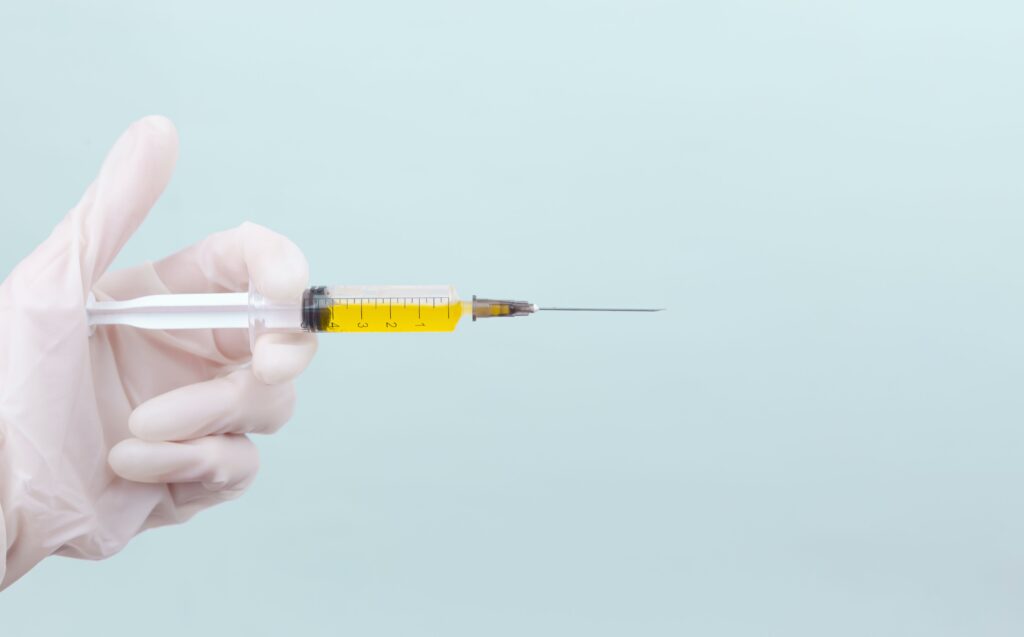Since health officials confirmed the first recent case of monkeypox in a human on May 7, the virus has now spread to more than 780 individuals in 27 countries—many of which are not endemic for monkeypox virus.
“We’ve never really seen this type of observation from monkeypox before,” CDC epidemiologist Dr. Andrea McCollum told National Geographic, “so this is particularly concerning.”
But there’s good news. Despite the unexpected global emergence of the monkeypox virus, health officials and drug developers were already prepared—thanks to sustained investments in medical countermeasures and partnerships between the federal government and biotech companies, explained Joel Straus, Manager of Healthcare and Infectious Disease Policy at the Biotechnology Innovation Organization (BIO).
Now, about a half-dozen biotech companies (mostly BIO members) are working closely together to share information and resources and coordinate a response—building upon the work already done over nearly two decades to ensure we’re prepared for viral outbreaks.
We have a monkeypox vaccine—and we have it stockpiled

In 2019, the U.S. Food and Drug Administration (FDA) approved Jynneos, a smallpox and monkeypox vaccine developed by Bavarian Nordic, a member of BIO. The vaccine is about 85% effective at preventing monkeypox, and when infection does occur, making it less severe.
The vaccine is included in the Strategic National Stockpile (SNS), “the nation’s largest supply of potentially life-saving pharmaceuticals and medical supplies for use in a public health emergency,” the FDA explained. “The availability of this vaccine in the SNS will help ensure that the vaccine is accessible in the U.S. if needed.”
For monkeypox, the need is now—and while most people don’t need to get the vaccine, the U.S. has enough “to vaccinate every person in the United States,” according to the CDC.
This is possible thanks in large part to Bavarian Nordic’s partnership with the federal government since 2003 to develop “a non-replicating smallpox vaccine to ensure all populations can be protected from smallpox, including people with weakened immune systems,” the company explained.
To date, Bavarian Nordic has supplied nearly 30 million doses under a 10-year, $539 million contract with the U.S. Biomedical Advanced Research and Development Authority (BARDA); $37 million funded the phase 3 study of the vaccine. The company is now ramping up production of the first freeze-dried doses to replenish the SNS.
Now, with “dozens of countries” inquiring about doses, this is a big moment for Bavarian Nordic, and the biotech industry.
“We feel confident based on discussions that we’ll be able to meet the demand in a relatively short period of time,” by manufacturing more doses and taking existing doses out of storage, Paul Chaplin, CEO of Bavarian Nordic, told the Wall Street Journal.
Another smallpox vaccine, ACAM2000, developed by BIO member Sanofi and now manufactured by Emergent BioSolutions, also provides protection for individuals at risk of exposure to orthopoxviruses (including monkeypox). It’s also included in the SNS.
A success story for investment in preparedness
It’s too early to declare victory over the virus—but the monkeypox response IS a success story for BARDA and investment in medical preparedness.
“Decades of investments and collaborations into advanced R&D against smallpox have had a positive dual effect: they have led to the development of multiple vaccines and treatments that are effective not only against smallpox, but also against other orthopoxviruses, including monkeypox,” wrote Dr. Richard Hatchett, CEO of CEPI, the Coalition for Epidemic Preparedness Innovations.
“It’s an example of how past investments are making it possible to respond to a viral threat today. Because the federal government took smallpox seriously and maintained their investment in preparedness, we’re able to rapidly respond to orthopox threats either from a deliberate smallpox attack or a naturally occurring outbreak like monkeypox today.” – BIO’s Joel Straus
“It’s an example of how past investments are making it possible to respond to a viral threat today,” said BIO’s Straus. “Because the federal government took smallpox seriously and maintained their investment in preparedness, we’re able to rapidly respond to orthopox threats either from a deliberate smallpox attack or a naturally occurring outbreak like monkeypox today.”
Furthermore, this gives us a “blueprint” to prevent future pandemics, continues Dr. Hatchett—but continued investment is needed.
“The U.S. Government … must invest in and procure the necessary medical countermeasures to be ready for the next pandemic and other biological threats,” said Phyllis Arthur, BIO’s VP of Infectious Diseases and Emerging Science, when she testified on Capitol Hill last year.
Public-private partnership programs have been key to developing COVID vaccines, therapeutics, and diagnostics—but funding has “remained largely stagnant over the past decade,” she continued.
Furthermore, Arthur said: BIO calls for budget increases for BARDA and SNS, and supports the pandemic preparedness investment outlined in the Biden administration’s FY2023 budget request. BIO urges lawmakers to bring BARDA and the SNS funding up to the levels requested by the professional judgment of the Public Health Emergency Medical Countermeasures Enterprise (PHEMCE) Multi-Year Budget. Monkeypox will not be the last global health threat, and the U.S. government must support the advanced R&D and stockpiling required to respond quickly to the next future threat.




